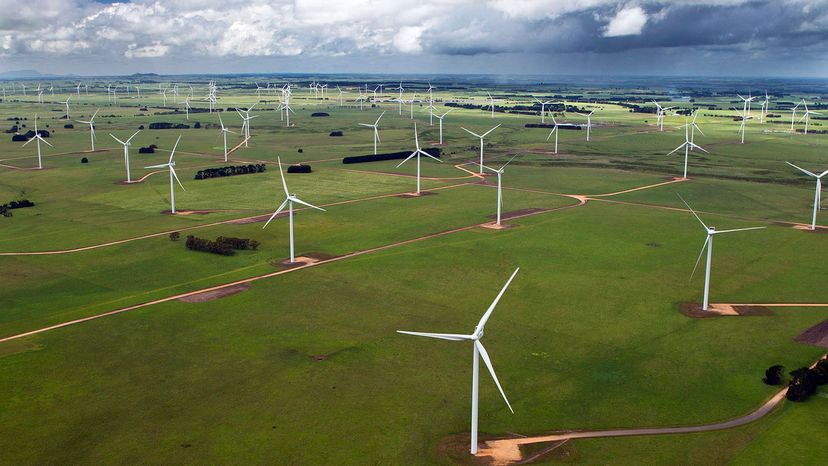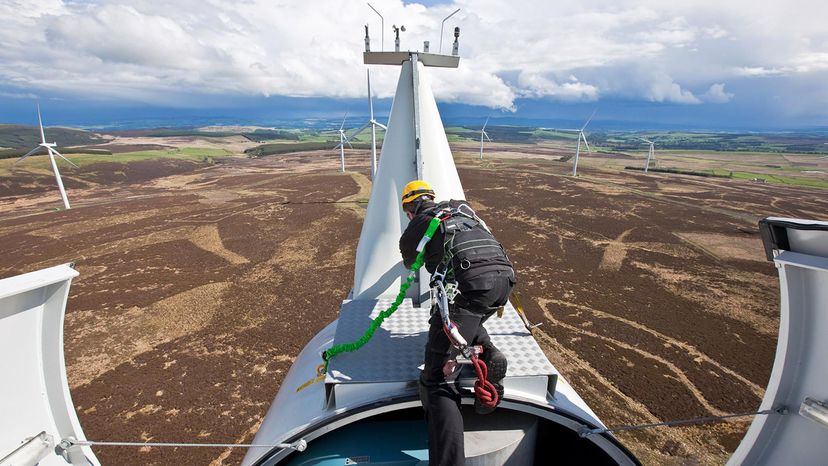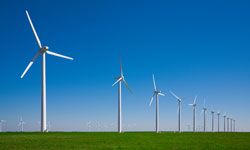
Wind energy is rapidly catching wind (pun intended) in the energy sector. As of May 2017, about 8 percent of the electricity in the U.S. comes from wind power. Those towering wind turbines are turning breezes into volts, and they might just be in a neighborhood near you soon!
But there's a twist — some people are claiming that the disadvantages of wind energy include health problems for those living near wind farms. Is there any truth to this?
Advertisement



